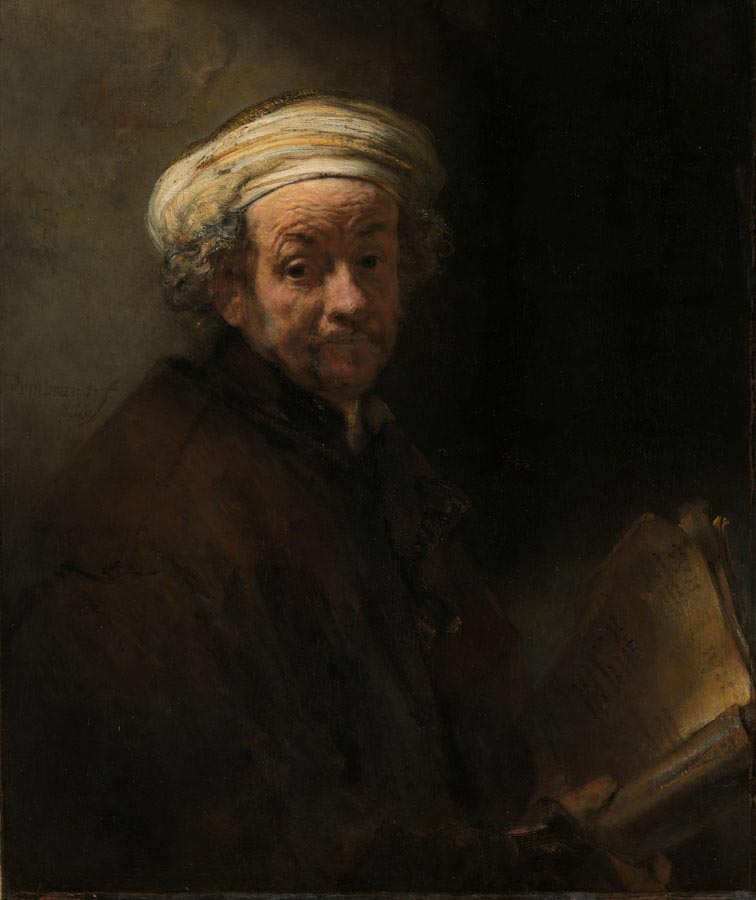Unit 8 1 (LO1) Understand lighting sources for photography. AC 1.1: Identify and critically compare a range of light sources for photography.

LO1 Understanding lighting sources for photography. AC 1.1 Identify and critically compare a range of light sources for photography. There are various sources of photography. Daylight : Daylight is determined via the weather as well as the time. Morning, Afternoon, Evening, night. At different times of the day the picture will vary, from light to darkness. There's also the elements which rain, lightning, clouds, etc. Which can all affect the outcome of the picture. Artificial Light : Artificial light is basically Strobe light (Flash). This light is produced in sharp bursts of light to illuminate the subject in and outside the studio. Strobe light can be used in various ways. As backlight, mainlight, fill light, or a combination of all. Strobe lights can be huge stand alone lights, or can be in the form of a compact Flashgun/Speedlight. Which can be mounted in the camera and also off. It is said that the first artificial light was fire. All forms of li...


